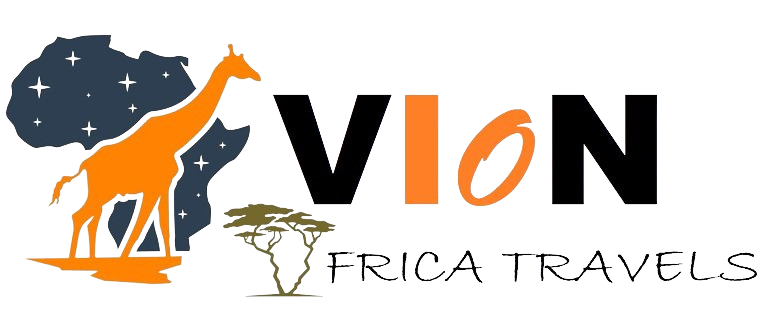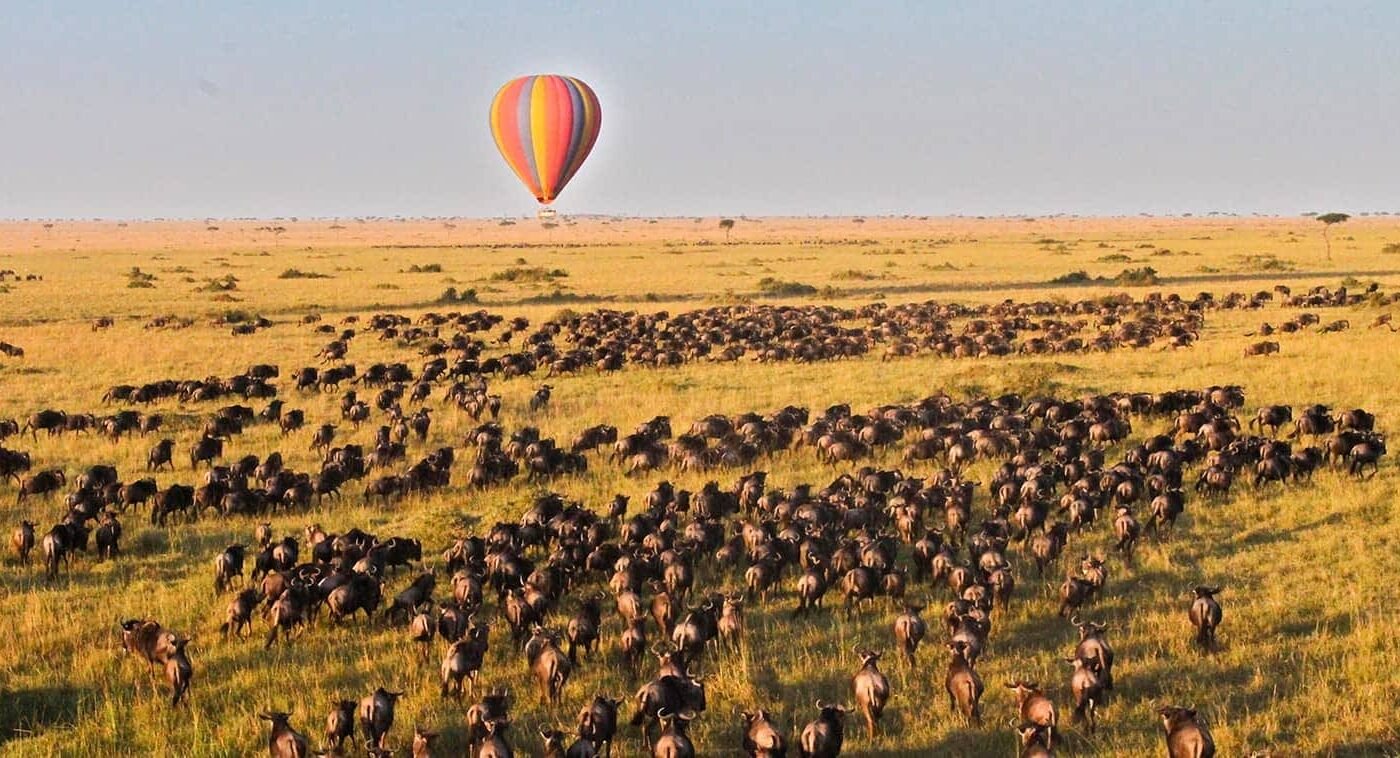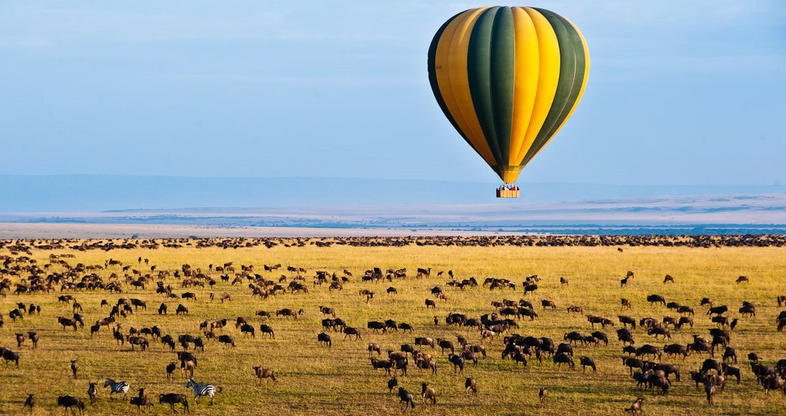The Serengeti is one of Africa’s most renowned and captivating regions, famous for its abundant wildlife, expansive landscapes, and the awe-inspiring Great Migration. However, for many, the exact location of the Serengeti remains a bit of a mystery. This blog will take you on a journey through the heart of East Africa to explore where the Serengeti is located, its geographical significance, and why this remarkable region draws visitors from all over the world.
1. The Geographic Location of the Serengeti
The Serengeti is located in East Africa, primarily within the northern part of Tanzania, and extends slightly into southwestern Kenya. This vast region is part of the larger Serengeti ecosystem, which covers around 30,000 square kilometers (12,000 square miles) and includes a variety of protected areas that are integral to its ecological stability.
1.1. Latitude and Longitude Coordinates
The Serengeti is situated between latitudes 1° to 3° South and longitudes 34° to 36° East. Its central location within East Africa places it strategically within the borders of Tanzania, making it a key feature in the country’s geography and tourism industry.
1.2. Key Regions Within the Serengeti
- Serengeti National Park: The core area of the Serengeti ecosystem, located entirely within Tanzania. It was established in 1951 and is the most famous part of the region.
- Maasai Mara National Reserve: Located in Kenya, this reserve is an extension of the Serengeti National Park and is crucial for the Great Migration.
- Ngorongoro Conservation Area: Situated to the southeast, this UNESCO World Heritage Site is another vital part of the Serengeti ecosystem.
1.3. Surrounding Landmarks and Boundaries
The Serengeti is bordered by several other significant conservation areas and landmarks:
- To the North: It shares a border with Kenya’s Maasai Mara National Reserve.
- To the East: It is bordered by the Ngorongoro Conservation Area, which includes the famous Ngorongoro Crater.
- To the West: It is flanked by the Ikorongo and Grumeti Game Reserves.
- To the South: The plains transition into the Maswa Game Reserve and the Loliondo Game Controlled Area.
2. The Historical and Ecological Importance of the Serengeti
The Serengeti is not only a geographical wonder but also an ecological and historical treasure. Understanding the historical context and ecological significance of the Serengeti helps explain why its location is so vital.
2.1. Historical Significance
The Serengeti region has been inhabited by humans for thousands of years. The Maasai people, who have lived in the region for centuries, named it “Serengeti,” meaning “endless plains” in their language. The Maasai have played a significant role in shaping the cultural and environmental landscape of the Serengeti.
2.2. Ecological Significance
The Serengeti is home to one of the oldest ecosystems on earth, with the same climate, vegetation, and fauna existing for over a million years. It hosts an incredible diversity of species, including the “Big Five” (lion, elephant, buffalo, leopard, and rhinoceros) and over 500 bird species.
2.3. The Great Migration
One of the most remarkable events that occurs in the Serengeti is the Great Migration, where over 1.5 million wildebeest, 200,000 zebras, and various other herbivores travel in a circular route through the Serengeti and Maasai Mara. This migration is driven by the search for fresh grazing pastures and water, and the animals face numerous challenges, including predation and river crossings.
3. The Geographical Features of the Serengeti
The Serengeti’s geography is as diverse as it is vast, featuring a range of ecosystems that provide habitats for a wide variety of species. Understanding these geographical features is key to appreciating the full scope of the Serengeti’s location.
3.1. The Serengeti Plains
The Serengeti Plains are the most famous part of the region, characterized by vast, treeless expanses of grassland. These plains are especially prominent in the southern part of the Serengeti and are the primary location for the calving season during the Great Migration.
3.2. The Grumeti River and the Western Corridor
The Grumeti River, located in the western part of the Serengeti, is a crucial water source and a key feature of the Western Corridor. This area is known for its dense woodlands and the dramatic river crossings during the Great Migration, where crocodiles lie in wait for migrating wildebeest and zebras.
3.3. The Northern Serengeti and the Mara River
The Northern Serengeti is a more rugged and remote area, with rolling hills and woodlands. The Mara River, which flows through this region, is another critical point for the Great Migration, particularly during the months of July to September when the river crossings occur.
3.4. Kopjes (Rock Outcrops)
Scattered throughout the Serengeti are kopjes, ancient granite rock formations that rise above the plains. These kopjes provide shelter for a variety of species, including predators like lions and leopards, as well as a unique habitat for flora and fauna adapted to the rocky environment.
4. The Climate of the Serengeti
The Serengeti’s climate plays a significant role in its biodiversity and the patterns of life that occur within its boundaries. The region experiences a tropical savanna climate, with distinct wet and dry seasons that influence the movement and behavior of its wildlife.
4.1. Seasonal Weather Patterns
- Wet Season: The wet season generally lasts from November to May, with short rains in November and December and long rains from March to May. During this time, the Serengeti becomes lush and green, providing ample food and water for herbivores.
- Dry Season: The dry season, from June to October, is characterized by a more arid landscape. Water sources become scarce, prompting the migration of animals in search of sustenance.
4.2. Temperature Ranges
The Serengeti’s temperature is relatively stable throughout the year, with daytime temperatures ranging from 20°C to 30°C (68°F to 86°F). However, temperatures can drop significantly at night, particularly in the higher altitudes.
4.3. Impact of Climate on Wildlife
The Serengeti’s climate directly influences the behavior and survival of its wildlife. The timing of the rains dictates the migration patterns of the herbivores, which in turn affects the predators that rely on them for food. The cyclical nature of the climate is crucial to maintaining the delicate balance of the Serengeti’s ecosystem.
5. The Human Influence on the Serengeti
Humans have had a profound impact on the Serengeti, both positive and negative. From the indigenous Maasai people to modern conservation efforts, human activities have shaped the Serengeti in many ways.
5.1. The Maasai People
The Maasai have lived in harmony with the Serengeti for centuries, practicing a semi-nomadic lifestyle that revolves around cattle herding. Their deep connection to the land and its wildlife has allowed them to coexist with the natural environment while maintaining their cultural traditions.
5.2. Conservation Efforts
In recent decades, conservation efforts have become increasingly important in the Serengeti. The establishment of Serengeti National Park and other protected areas has been crucial in preserving the region’s biodiversity. However, these efforts are constantly challenged by poaching, habitat loss, and the pressures of tourism.
5.3. Tourism and Its Impact
Tourism is a double-edged sword for the Serengeti. On one hand, it provides essential funding for conservation and creates economic opportunities for local communities. On the other hand, it can lead to environmental degradation if not managed sustainably. Balancing tourism with conservation is a critical issue for the future of the Serengeti.
6. Visiting the Serengeti: A Practical Guide
For those inspired to visit the Serengeti, understanding the logistics of travel and what to expect is key to a successful trip. From the best times to visit to the types of accommodations available, this section provides a comprehensive guide to exploring the Serengeti.
6.1. Best Time to Visit
The best time to visit the Serengeti depends on what you want to see.
- Great Migration: The migration occurs year-round, but the most dramatic events, like the river crossings, typically happen between July and September.
- Calving Season: The calving season, where thousands of wildebeest are born, takes place from January to March, offering a unique opportunity to see newborn animals and increased predator activity.
6.2. How to Get to the Serengeti
The Serengeti can be accessed by both air and road:
- By Air: The nearest international airport is Kilimanjaro International Airport, with domestic flights available to airstrips within the Serengeti.
- By Road: Visitors can also reach the Serengeti by road from Arusha or other nearby towns, which offers a scenic drive through the Tanzanian countryside.
6.3. Accommodation Options
The Serengeti offers a wide range of accommodations, from luxury lodges and tented camps to more budget-friendly options:
- Luxury Lodges and Camps: These provide high-end amenities and are often located in prime wildlife viewing areas.
- Mid-Range Options: Mid-range lodges and camps offer comfortable accommodations with good access to wildlife.
- Budget Accommodations: Budget travelers can find more affordable options, including basic campsites and guesthouses.
6.4. Wildlife Viewing Tips
To make the most of your Serengeti experience, consider these tips:
- Hire a Guide: Experienced guides can enhance your wildlife viewing by providing insights into animal behavior and the best spots to see particular species.
- Bring the Right Gear: A good pair of binoculars, a camera with a zoom lens, and comfortable clothing are essential for a successful safari.
- Be Patient: Wildlife viewing in the Serengeti requires patience. Some of the most memorable sightings happen when you least expect them.
7. The Future of the Serengeti
The future of the Serengeti is a topic of global concern. As one of the world’s most iconic natural landscapes, its preservation is critical not only for the species that live there but for the planet as a whole.
7.1. Conservation Challenges
The Serengeti faces numerous challenges, including climate change, habitat loss, and poaching. Addressing these challenges requires coordinated efforts from governments, conservation organizations, and local communities.
7.2. Sustainable Tourism
Sustainable tourism practices are essential for preserving the Serengeti. This includes minimizing the environmental impact of tourism activities, supporting local communities, and promoting conservation awareness among visitors.
7.3. The Role of Technology
Technology is playing an increasingly important role in conservation efforts in the Serengeti. From GPS tracking of animals to drones monitoring poaching activities, innovative solutions are helping to protect this fragile ecosystem.
7.4. Community Involvement
Engaging local communities in conservation efforts is crucial for the long-term success of the Serengeti. Programs that provide economic incentives for conservation, such as eco-tourism initiatives and education, can help ensure that local people benefit from preserving the Serengeti.
Conclusion
The Serengeti is a place of unparalleled beauty and significance. Its location in the heart of East Africa, straddling the border between Tanzania and Kenya, makes it a crucial part of the continent’s natural heritage. From its diverse ecosystems and incredible wildlife to its deep cultural roots and global conservation importance, the Serengeti is more than just a destination – it is a symbol of the natural world at its most magnificent.
As the world continues to evolve, the Serengeti remains a constant reminder of the importance of preserving our planet’s wild places. Whether you are planning a visit or simply dreaming of the endless plains, understanding where the Serengeti is located is the first step in appreciating all that this remarkable region has to offer. In the end, the Serengeti is not just a place on a map, but a living, breathing testament to the wonders of the natural world and our shared responsibility to protect it for future generations.
4o


